The daughter of a working mum, Anna Oxley-Rintoul had always planned to combine motherhood with a career. By her late 30s, she was doing just that, raising three boisterous young children with her husband, Chris, while working as the Head of Social Impact Delivery at the NAB.
When other women asked, “How do you do it?” – that spikiest of compliments – Anna relished the thrill of achievement. She tells one hair-raising story of taking a consulting role for a month while on maternity leave, which required regular interstate day trips with a toddler and tiny baby in tow.
“I’ve always set myself impossibly high standards and the problem was that I could often achieve them,” she says now, in a tone of both horror and awe.
But behind the scenes, Anna was feeling increasingly anxious. Her daughter, then aged three, was displaying symptoms of Attention Deficit Hyperactivity Disorder (ADHD) and Autism Spectrum Disorder (ASD), as well as hypermobility and dyspraxia, while her little boys were also showing signs of ADHD. As her diary started to fill with specialist appointments with paediatricians and therapists, along with frequent meetings with teachers and carers, Anna’s grip on her career started to slip.
“Every time I had to leave for an appointment, I would just end up staying up later to get the work done,” she says. Work stress amplified the distress she already felt about her children’s diagnoses, but reducing her hours or finding another job was financially risky. “Our life, our mortgage, depended on us both working these jobs, so even when I got to the point of realising that it was really hard, I didn’t know what to do.”
Work stress amplified the distress she already felt about her children’s diagnoses
Anna wasn’t alone in facing such difficult decisions, although she often felt she was. Nationally, more than 800,000 Australians are affected by ADHD, with an estimated one in 20 children having the condition.
Diagnoses have risen dramatically over the past few years (and particularly post-Covid), driven by greater public awareness and a willingness to seek help. In 2021, more than one million prescriptions were issued for the two most commonly used ADHD medications, methylphenidate (Ritalin) and dexamphetamine.
These drugs, along with psychological and physical therapies, are effective in helping reduce the symptoms of people living with ADHD. But long waiting lists for psychologists, paediatricians, psychiatrists and other professionals mean that accessing treatment requires patience, persistence and deep pockets. It can take up to two years to get an ADHD diagnosis, says Joy Toll, who self-funds the only national helpline for ADHD via the ADHD Foundation. “That’s a long time in the life of a child.”
In the meantime, parents are left to piece together their own strategies to help children who may be exhibiting challenging symptoms such as school refusal, emotional outbursts and poor impulse control.
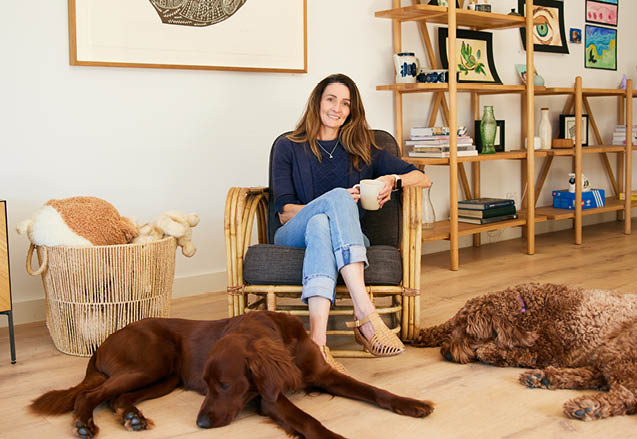
“One of the messages that everyone seems to love saying is that early intervention is really important, which is a lot of pressure for a parent because you feel it’s on you to make sure your child gets to all those therapies,” says Anna. “You feel that if you don’t do it, your child will suffer down the track.”
While flexible working is now mainstream, not all jobs can accommodate it – and not all employers are willing to. Against this background, many women make the decision to press pause on their careers, with the inevitable personal and financial cost.
Figures from the Australian Bureau of Statistics show women are three times as likely as men to leave the workforce due to “family reasons”, at 18 versus seven per cent, and anecdotally that’s certainly the case. “It’s always the mum – I haven’t heard of a dad that’s given up work,” says Melbourne-based ADHD coach Jane Horan, who supports ADHD-affected children and parents.
Ultimately, Anna and her husband decided their children needed more support than they were able to give while both worked, so Anna left her job just before the pandemic. “We sold our house to reduce our mortgage, which was obviously a really significant decision, but at that stage a relief,” says Anna. “It was also a big adjustment, though, as I’d always worked. I’d never wanted to be a stay-at-home mum, although I very much respect those women who do. I’d always contributed financially. So it was hard to suddenly feel so dependent.”
***
Until recently, ADHD was often misunderstood and poorly diagnosed. At school, children with ADHD were often labelled troublemakers or dreamers, when in fact they were displaying symptoms of a neurological condition.
Some of the main signs of ADHD are inattention, impulsivity, restlessness, talking over the top of others and difficulty regulating emotions. Some children have ADHD, but without the hyperactivity, instead having trouble focussing and paying attention. This is termed “inattentive ADHD”.
“Kids with ADHD aren’t able to ‘filter’ distractions in the way neurotypical children can,” says Joy, whose two children have the condition. “They become overloaded with sensory information very quickly – a bird outside the window, another child dropping a pen on the other side of the room; they’re highly distractible. They’re easily bored and can be very oppositional.
“But they’re also very fun to be with,” she adds. “They talk fast, they act fast; they’re way ahead of you.”
Children with ADHD become overloaded with sensory information very quickly
Louise Brown, a former nurse who is now the lived experience Appointed Director on the Australian ADHD Professional Associations Board (AADPA), grew up with undiagnosed ADHD and says she was constantly in trouble. The consequences for her self-esteem were severe.
“I developed a binge eating disorder and became morbidly obese; I developed an alcohol problem,” says the Perth-based mother of one.
After she was finally diagnosed at aged 47, Louise’s grief was compounded by the fear that her young child, who has autism and ADHD, would experience a similar life trajectory to her own. She took leave from her $100,000-a-year role as a clinical nurse specialist shortly before his diagnosis, and then resigned to undertake an ADHD coaching course. Now, she is completing a PhD while developing a pilot program to support parents of ADHD kids.
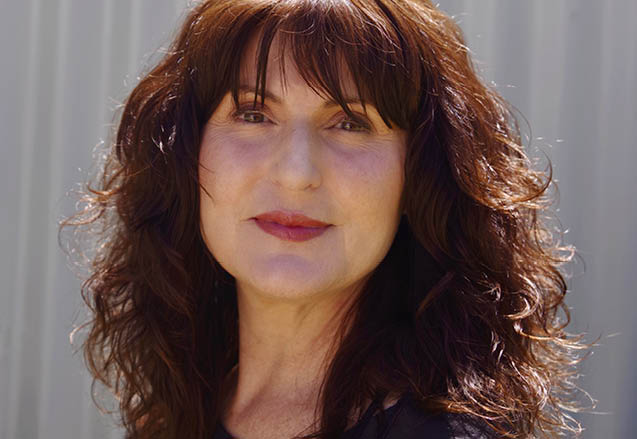
While there is a lot of well-meaning advice online on how to best to parent a child with ADHD (“Be involved; learn all you can about ADHD; attend all recommended therapy appointments; be vigilant with medication…”), there is very little support for parents, who are often struggling themselves.
Anna received a diagnosis of ADHD when one of her sons was diagnosed, which she says helped her to understand why she struggled so much with balance and setting realistic goals. ADHD has a hereditary component – one study found nearly half of children with ADHD had a parents with the condition, too – which can mean parents are dealing with their own diagnosis as well as their child’s.
The emotional toll on all parents can be significant. Sally*, who didn’t want to be named for this story, spent years advocating for her child, now 18, as they struggled with undiagnosed autism and ADHD.
“They went to three different high schools as they were being badly bullied, and they ended up leaving school in year 11. They still spend a lot of time in bed, or gaming,” she says. “I freelanced as I needed to be completely available to advocate for them, while at the same time absolutely copping the brunt of their frustration, anger, fear, anxiety.”
“I’m now 54 and I am now so shattered by the intensity of the stress of trying to help my beautiful child find a place in the world that I have run out of steam for work.”
Like the Rintouls, Sally and her partner are selling their much-loved family home in Sydney to move to a cheaper house outside the city “to support ourselves with what’s left.
“I’m a strong, resilient person who has been through a lot in my life but this experience with my child has broken me.”
Searching for solutions
During lockdown, as she attempted to homeschool her three children (“who mainly played Minecraft”), Anna did what women have always done when faced with challenges: she decided to build the supportive community of parents that she craved. With friends and fellow ADHD parents Annabel Rattigan and Char Adorjan, she established a podcast, The Village Lantern, for families living with hidden challenges such as ADHD and autism, as well as a community website, Takes A Village.
“I want to create a community so parents don’t feel so alone, because there’s a lot of isolation and shame out there, and a huge amount of grief and sorrow,” she says. “Having somewhere to share experiences is hugely powerful, along with talking to other parents who might be further along the journey and can offer hope that life will get easier, or at least it may look different to how it does for them today.”
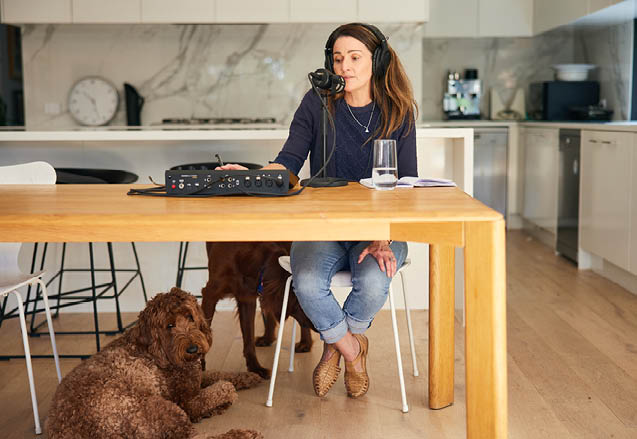
Anna is also working with Prue Gilbert, the founder of workplace equality platform Grace Papers on a coaching program to support working parents of neurodiverse children. At employee support platform CircleIn, co-founder Kate Pollard says she’s receiving an increasing number of enquiries from workplaces keen to support their employees struggling to juggle work and the complexity of having neurodiverse children.
“It is a huge issue, not only on a practical level, making time for appointments, but also in the emotional pressure of dealing with challenging situations and calls from schools about incidents there. It’s extremely challenging to navigate, but workplaces really do have a duty of care to support their people through these tough times.”
One of the challenges for managers is knowing what to say, Kate adds, particularly if they haven’t experienced neurodiversity themselves. “So we have resources such as conversation guides for managers, as well as a range of videos and support materials for parents.”
Better support from employers is only part of the solution, says ADHD coach Jane, who believes teachers also have a role to play in easing parents’ anxieties. “I coached a Year 10 child last year who was told by a teacher that she didn’t have ADHD, she just needed to sit down and knock it off,” she says. “You wouldn’t say that to a child who had a more obvious condition.”
There’s no requirement for teachers to learn during their training about how to support ADHD children in school, or how to identify those children in class. That’s partly due to the number of different pathways into teaching, via education degrees or post-graduate courses, but also – as one headteacher told PRIMER – because teachers are reluctant to place themselves in the role of diagnosticians. In its submission to the current Senate inquiry into school refusal, the Black Dog Institute reported that “teachers want to be able to support their students but have concerns about their competence to provide mental health assistance and the limited availability of evidence-based training in Australia.”
In collaboration with two mental health charities, Black Dog devised and tested an online mental health training program for teachers, designed to build their capacity in preventing and responding to anxiety in students. A trial in several Sydney and Newcastle schools last year resulted in “significant increases in teacher understanding and response to anxiety, along with reductions in stigma.”
And the final major piece of the puzzle? Better access to essential medical care, says Joy. “We don’t have enough paediatricians or psychiatrists who treat ADHD, and they are the only ones who can make that final diagnosis and write scripts for medication. The waiting lists are absolutely horrendous.” Stimulants such as dexamphetamine are strictly controlled and clinicians require permits from their state government to prescribe them, although the Royal Australian College of GPs and others have suggested that GPs could have greater licence to prescribe and manage ADHD patients.
Anna now works part-time in a job she loves, which gives her the flexibility to support her children. She is also kinder to herself and more realistic about how much she can achieve.
“It takes time to work out which therapies and support your child needs, and whether your child likes the provider of the service,” she says. “But also you can only do what you can do. None of us lives in a bubble where we can completely change our lives to give full service to our children. So I do urge parents not to feel too desperate about having to jump into all of it straightaway. Talk to other parents, ask what the diagnosis means for your family and then ask your employer for what you need.”
For more information about ADHD…ADHD Foundation; AADPA; The Village Lantern podcast
Want more stories like this? Sign up to PRIMER’s free weekly newsletter.
(Or find out more about us here)




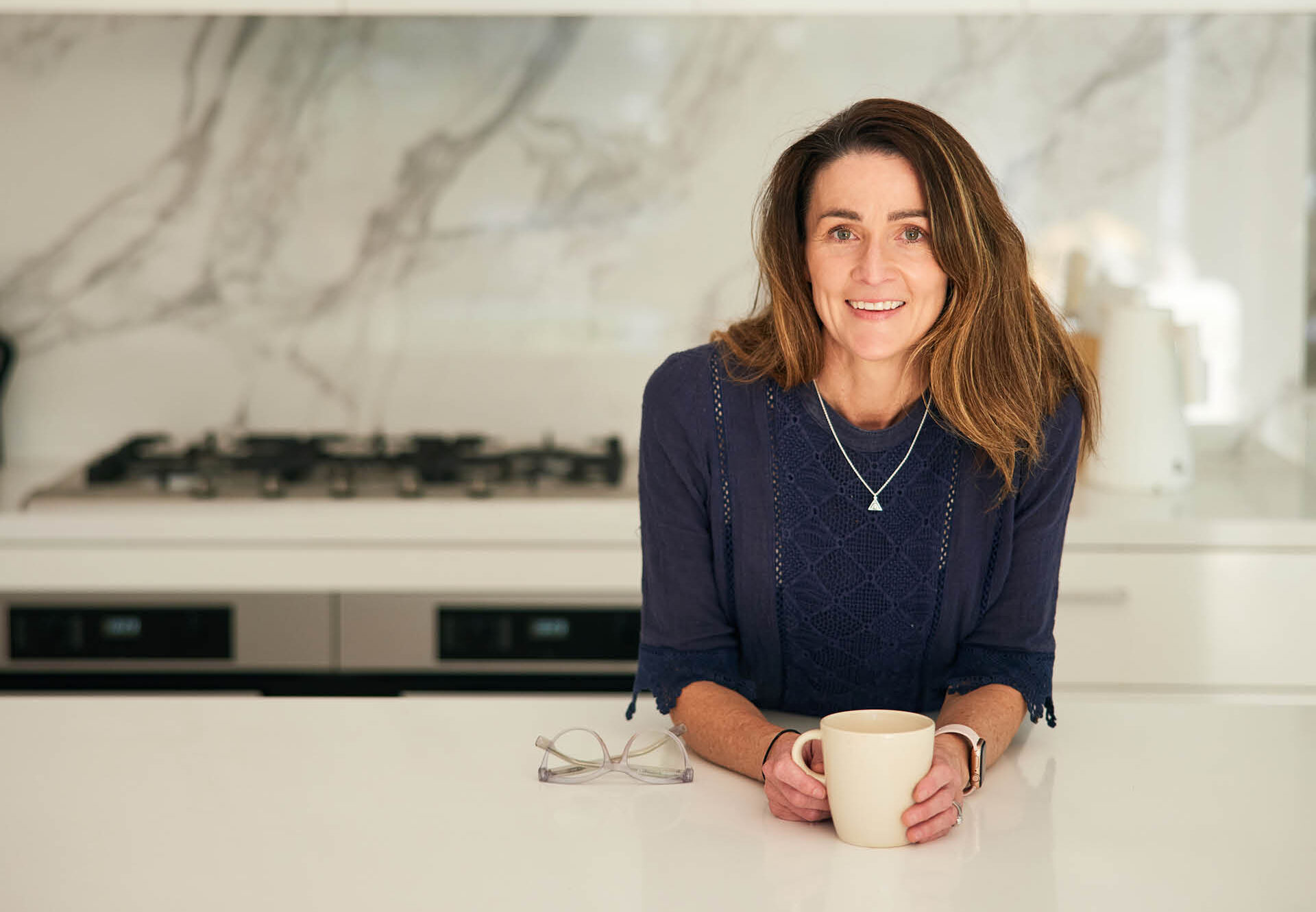
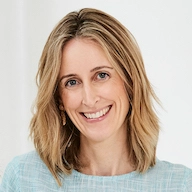



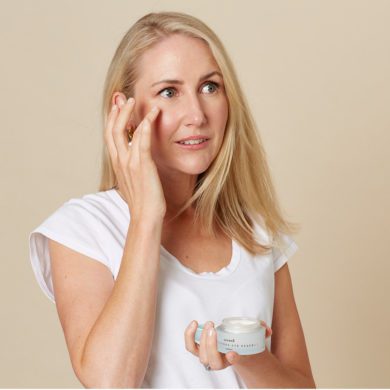



No Comments